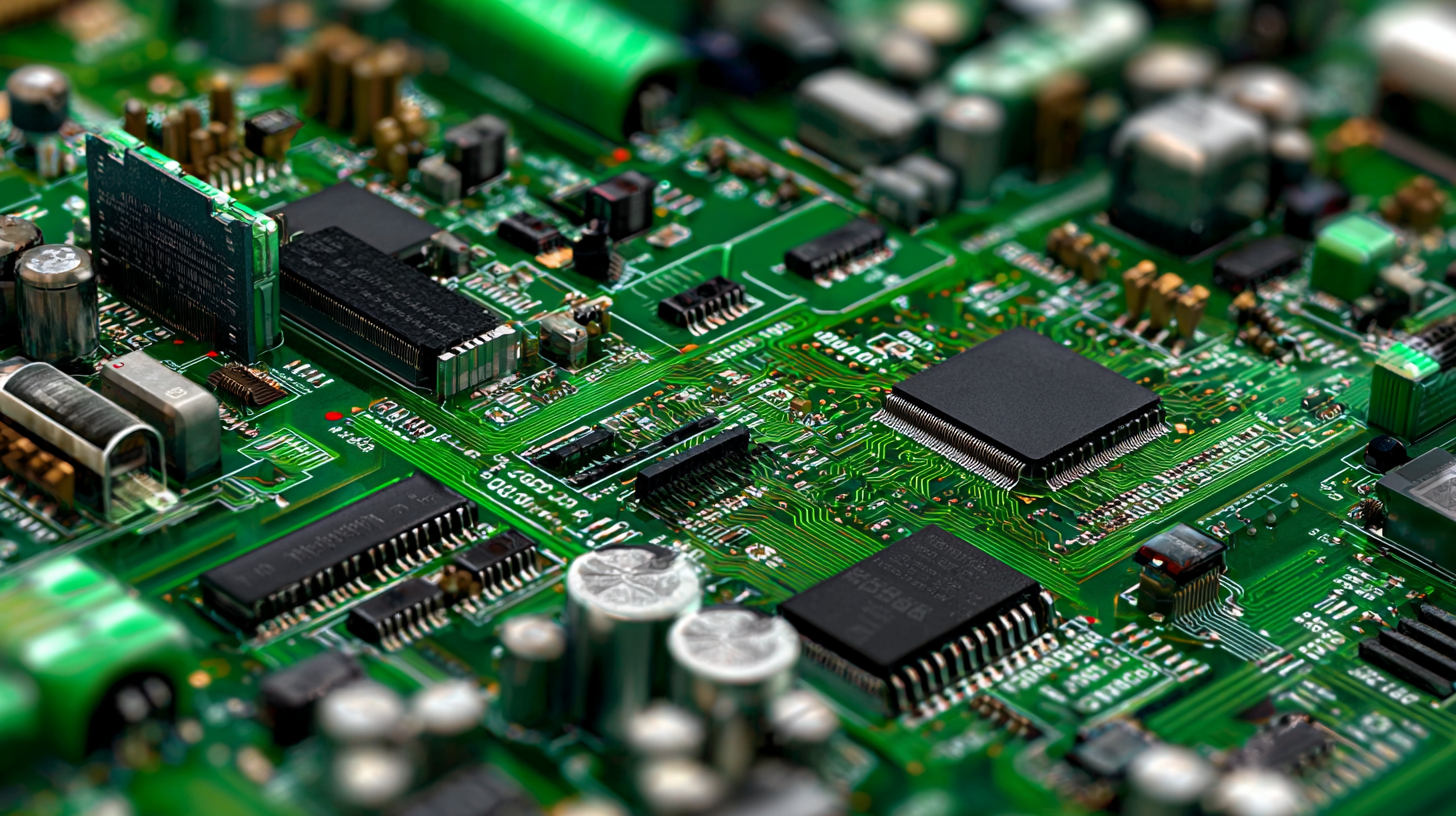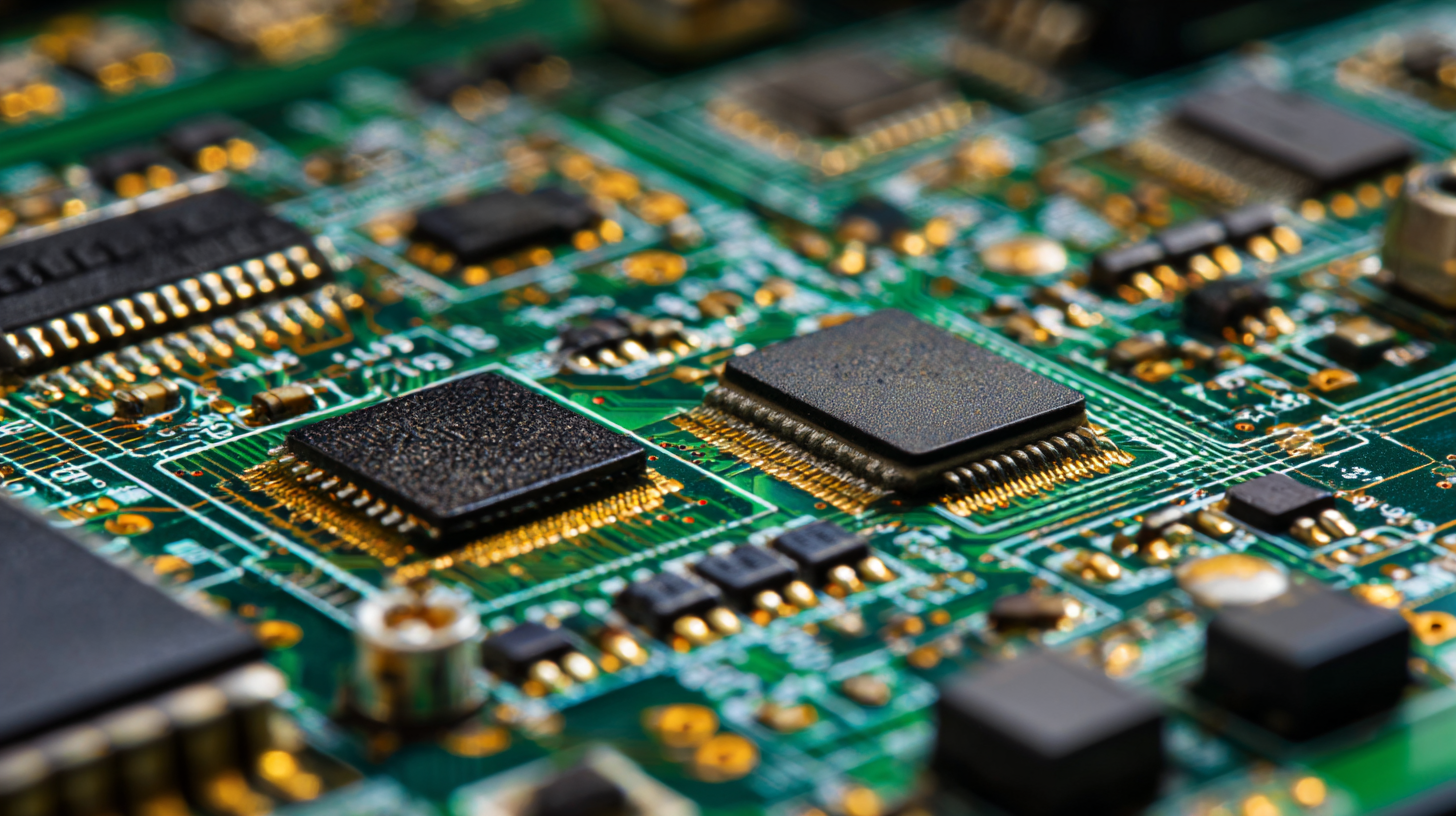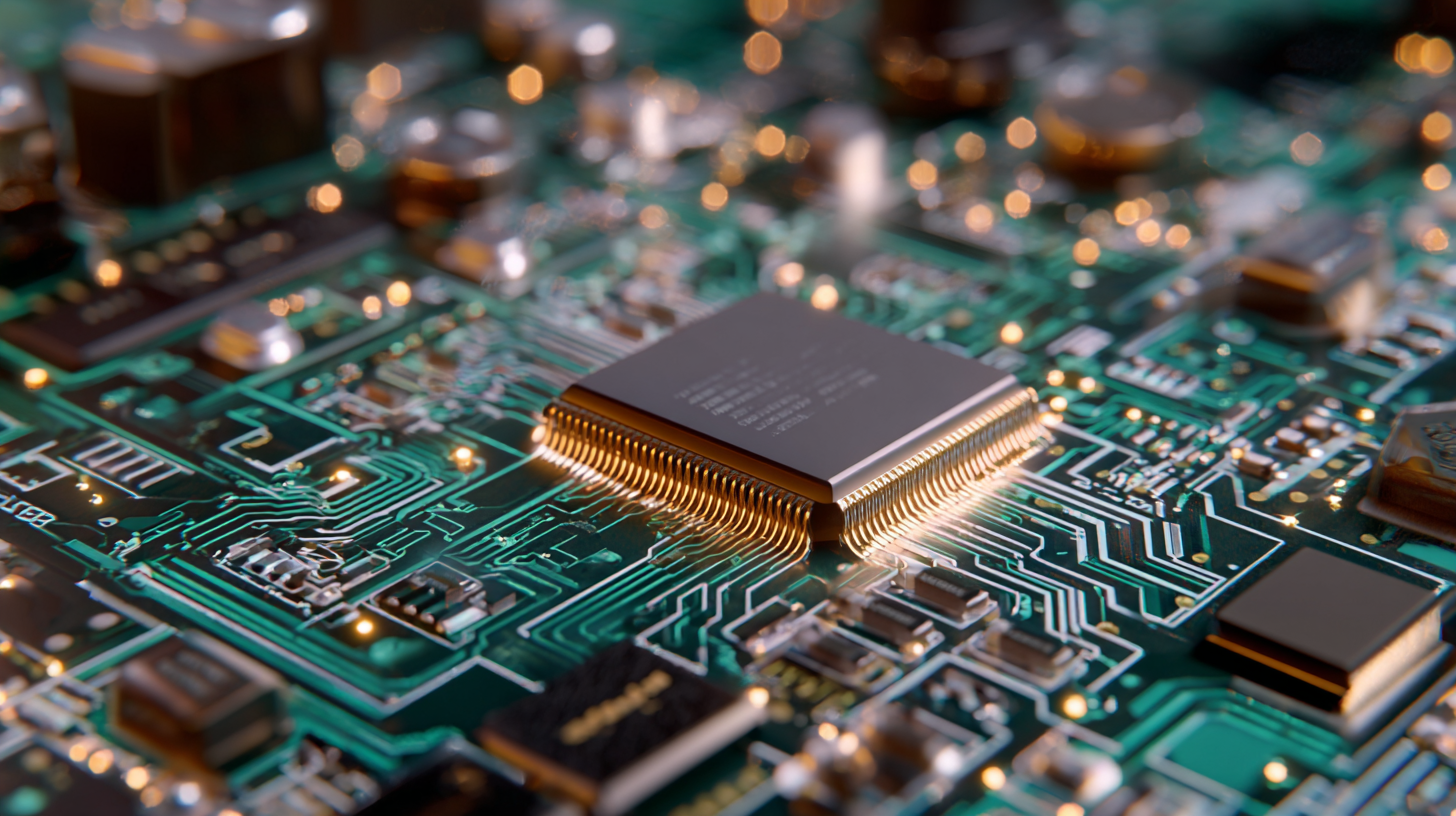- PCB Assembly
- PCB Fab
- Resources
- Company
- Blog
A Comprehensive Comparison of Top PCB Circuit Board Manufacturers
In the rapidly evolving landscape of electronics, the significance of high-quality PCB circuit boards cannot be overstated. As per the recent market analysis by IPC, the global PCB market is projected to reach a staggering $82.4 billion by 2026, growing at a CAGR of 3.6%. This growth is driven by the increasing demand for consumer electronics, automotive applications, and medical devices, all of which rely heavily on advanced PCB circuit board technologies. As manufacturers strive to meet these demands, the competition intensifies, highlighting the necessity for a comprehensive comparison of top PCB circuit board manufacturers.

This blog aims to dive deep into the leading players in the market, evaluating their capabilities, product offerings, and innovations, providing readers with invaluable insights into choosing the right partner for their PCB circuit board needs.
Key Players in PCB Manufacturing: An Overview of Leading Companies
The global printed circuit board (PCB) market is entering a dynamic phase, with a valuation of $69.69 billion in 2023 and an expected growth trajectory that will see it reach approximately $113.49 billion by 2028. This expansion highlights the increasing demand for high-quality PCB manufacturing, driven by advancements in technology and a rising need for electronic devices across various industries, including automotive, consumer electronics, and telecommunications.

Key players in the PCB manufacturing sector play a crucial role in shaping the market landscape. These companies are recognized for their innovation and commitment to quality, delivering state-of-the-art solutions that meet the evolving requirements of their clients. Their expertise ranges from standard circuit board production to complex multi-layered boards, supporting an array of applications. As new technologies emerge, such as 5G and IoT, these manufacturers are well-positioned to leverage their capabilities and foster further growth in the PCB industry.
Innovative Technologies Shaping PCB Production in 2025
As we look towards 2025, innovative technologies are set to revolutionize PCB (Printed Circuit Board) production, enhancing efficiency and enabling higher performance. A recent report by the IPC (Institute for Interconnecting and Packaging Electronic Circuits) predicts that advancements in automation will reduce production costs by up to 30% while simultaneously increasing output quality. Techniques such as automated optical inspection (AOI) and artificial intelligence (AI)-driven defect detection are poised to play vital roles in ensuring that PCBs meet stringent industry standards with minimal human intervention.
Another significant trend is the incorporation of advanced materials, including flexible substrates and high-frequency laminates. According to a market analysis from Mordor Intelligence, the global flexible PCB market is expected to grow at a CAGR of 10.6% between 2021 and 2026, driven by the rising demand from consumer electronics and automotive sectors. These innovative materials not only enhance the performance of electronic devices but also facilitate miniaturization and increased functionality, catering to the ever-evolving needs of modern applications. As we move forward, embracing these changes will be crucial for manufacturers aiming to remain competitive in a rapidly advancing landscape.
A Comprehensive Comparison of Top PCB Circuit Board Manufacturers
Cost Analysis: Understanding Pricing Strategies of Top PCB Manufacturers
When selecting a PCB manufacturer, understanding their pricing strategies is crucial to making informed decisions that align with your budget and project goals. Each manufacturer employs different cost models, often influenced by factors such as material quality, production volume, and lead time. Therefore, analyzing these variables can give you insight into why prices may vary significantly among top manufacturers.

Tip: Always request detailed quotes from multiple manufacturers to compare the breakdown of costs. This will help you identify which elements contribute most to the overall price, enabling you to negotiate better rates or adjust your specifications to fit your budget.
Furthermore, it’s essential to consider the long-term implications of choosing a lower-cost manufacturer. While initial pricing might be attractive, factors such as reliability, support, and product quality can dramatically affect your project in the long run. A thorough cost analysis should balance short-term savings against potential risks and increased costs down the road.
Tip: Evaluate reviews and case studies of potential manufacturers to gauge their quality and reliability, ensuring that the cost savings do not compromise your project’s success.
Quality Control in PCB Manufacturing: Best Practices Compared
Quality control plays a crucial role in PCB manufacturing, as it directly impacts the reliability and performance of electronic devices. Leading PCB manufacturers implement a variety of best practices to ensure that their products meet rigorous industry standards. These practices often include meticulous inspections at every stage of production, from the procurement of raw materials to the final assembly and testing phases. Techniques such as Automated Optical Inspection (AOI) and X-ray inspection are commonly employed to identify defects early and prevent faulty boards from reaching customers.
Moreover, adhering to international standards such as ISO 9001 ensures that manufacturers maintain consistent quality control procedures. Many top manufacturers also emphasize employee training, fostering a culture of quality awareness throughout the organization. Continuous improvement through feedback loops and corrective actions is essential for maintaining high standards in PCB fabrication. By prioritizing these best practices, manufacturers not only enhance product reliability but also build trust with their clients, ultimately leading to long-term successful partnerships in the competitive electronics market.
Future Trends: What to Expect in the PCB Industry Through 2025 and Beyond
The PCB industry is poised for significant growth as we look towards 2025 and beyond. The global printed circuit board market is valued at approximately $69.69 billion in 2023 and is projected to expand to $71.57 billion in 2024, eventually reaching an impressive $113.49 billion by 2032. This forecast highlights the increasing demand for advanced electronics across various applications, including consumer goods, automotive, and telecommunications.
Several factors are driving this surge in the PCB market. Technological advancements, such as the rise of 5G networks and the growing emphasis on miniaturization and high-density interconnects, are shaping the future landscape. Additionally, the push towards sustainability and eco-friendly production methods is prompting manufacturers to innovate and adapt to meet the evolving needs of their customers. As we advance, staying attuned to these trends will be crucial for stakeholders in the PCB industry to leverage opportunities and enhance their competitive edge.
A Comprehensive Comparison of Top PCB Circuit Board Manufacturers - Future Trends: What to Expect in the PCB Industry Through 2025 and Beyond
| Manufacturing Capability (Million Units/Year) | Technology Focus | Average Lead Time (Days) | Market Share (%) | Sustainability Initiatives |
|---|---|---|---|---|
| 5 | High-Frequency and RF Technology | 20 | 15 | Recycling Programs |
| 10 | Flexible PCB Manufacturing | 15 | 25 | Energy Efficiency Programs |
| 8 | Automotive and Medical PCBs | 25 | 18 | Waste Reduction Strategies |
| 12 | High-Density Interconnect (HDI) | 30 | 10 | Green Manufacturing Processes |
Phone
 WhatsApp
WhatsAppEmail
Offer Electronics Manufacturing All-in-One
PCBONLINE® is a registered trademark or service mark of pcb online limited or its affiliates.
Copyright © 2001-2024 Pcb Online Limited. All rights reserved